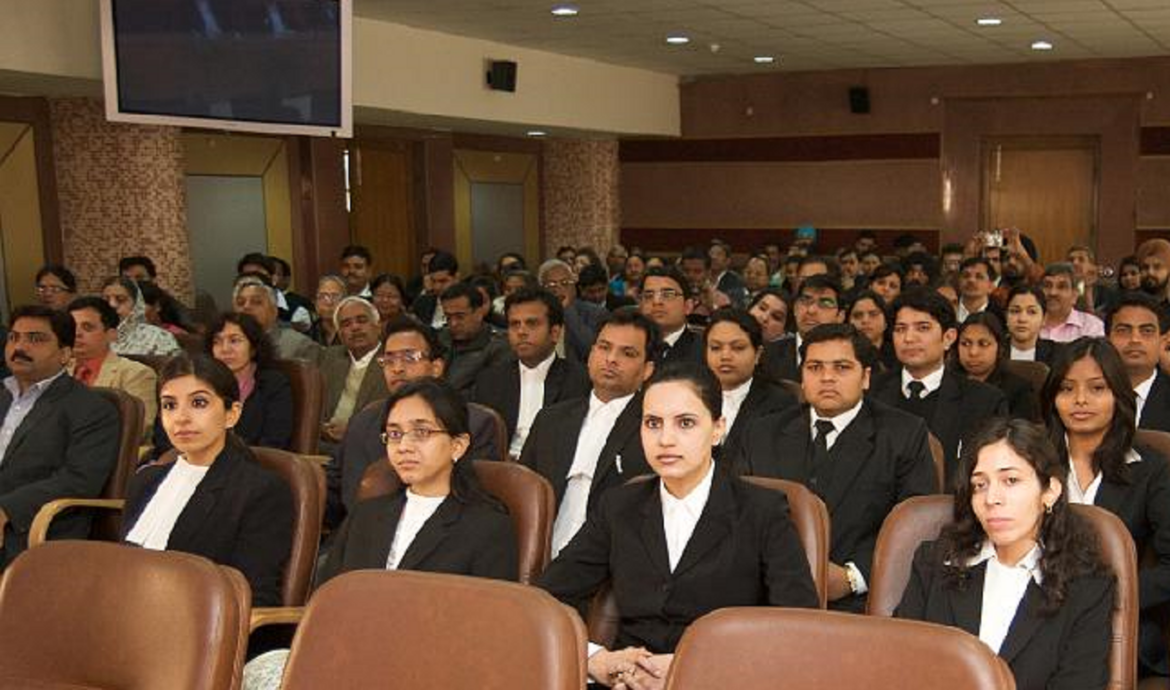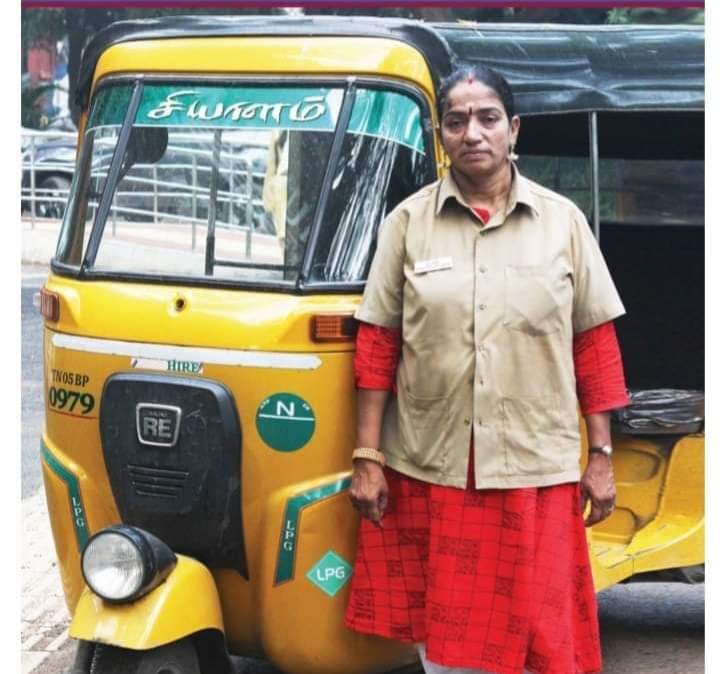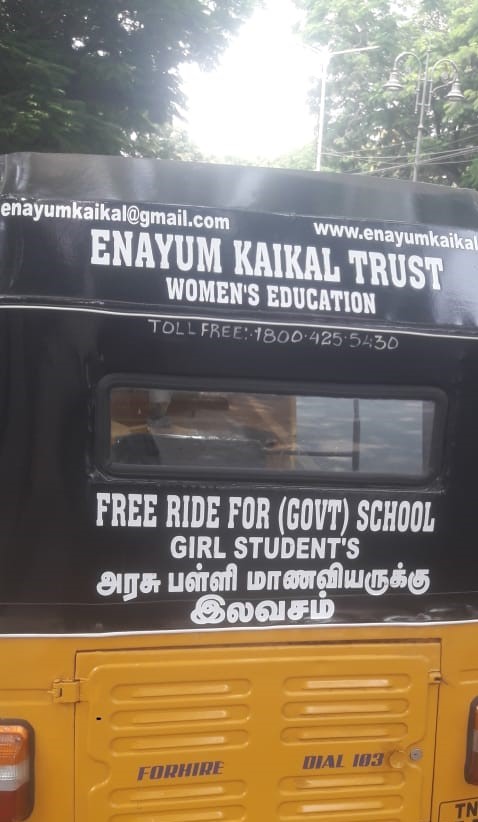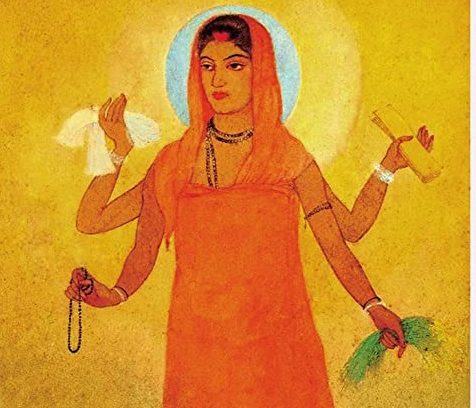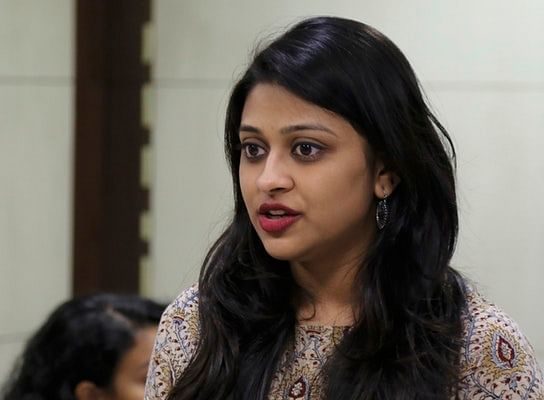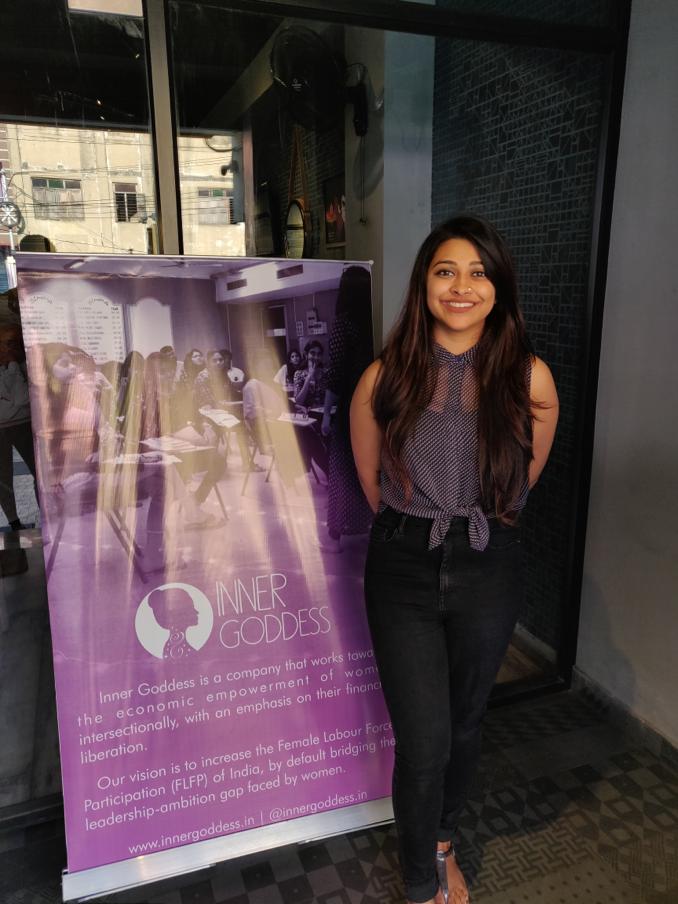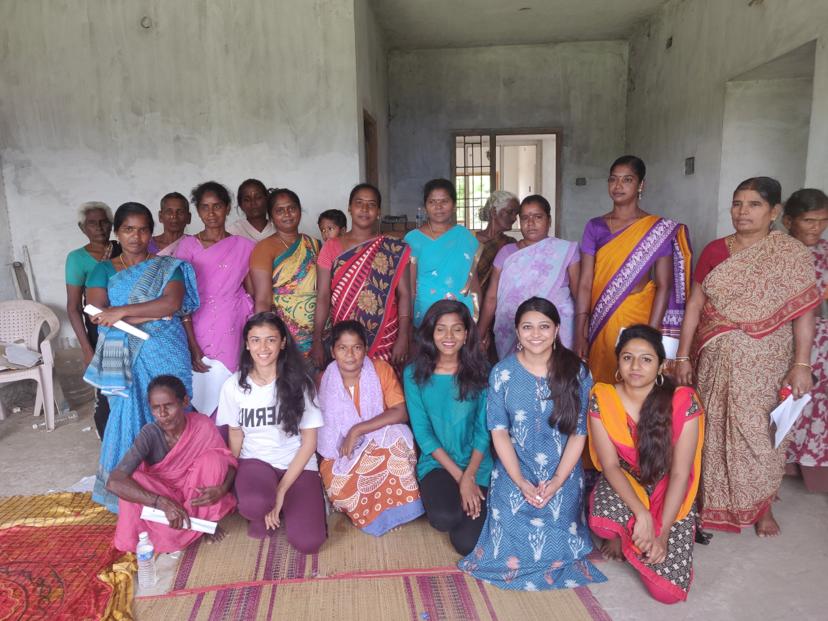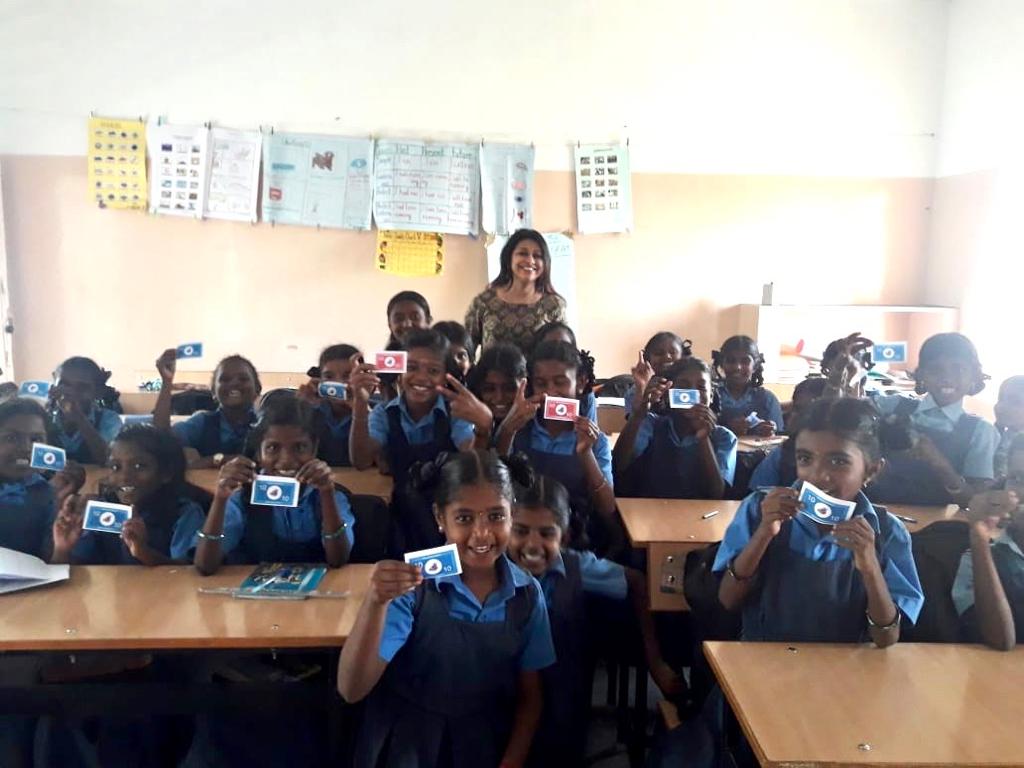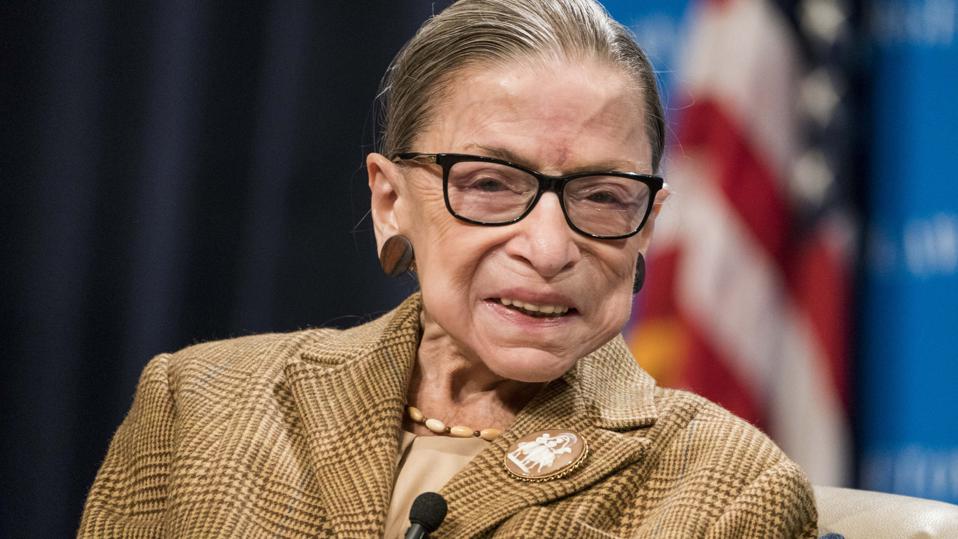Lokendra Malik, Advocate, Supreme Court of India
The Supreme Court of India has a sanctioned strength of 34 judges including the Chief Justice of India but currently, it has only one woman judge Justice Indira Banerjee. As of now, the Supreme Court has five vacancies of judges and a few more judges will be retired by the end of this year. Surprisingly, in seventy years of existence, only eight women judges have graced the bench of the Supreme Court of India. This is not good news from the gender justice point of view as half of our population is not getting reasonable representation in the apex judicial tribunal of the country. More women judges should be appointed at all levels in the judiciary. Justice Fathima Beevi was the first woman judge of the Supreme Court of India who was appointed in 1989. The second woman judge of the Supreme Court was Justice Sujata V. Manohar who was appointed in 1994. The third woman judge of the Supreme Court, Justice Ruma Pal came in the year 2000. After her retirement, it was Justice Gyan Sudha Mishra who came to the Supreme Court in 2010. In 2011, Justice Ranjana Prakash Desai was appointed to the Supreme Court. Justice Bhanumathi was elevated to the Supreme Court in 2014. Justices Indu Malhotra and Indira Banerjee came to the Supreme Court in 2018. All these judges have made a wonderful contribution to the Indian judicial system by delivering hundreds of judgments.
Many legal scholars, lawyers, and sociologists have rightly expressed their concerns about the invisible representation of women in the higher judiciary particularly the Supreme Court of India. It is widely believed that India needs more women judges in the constitutional courts. But unfortunately, no effective steps seem to have been taken by the judge-makers to remove this gender gap until now. For this lapse, both the government and the judiciary are responsible. Both of them have failed to promote gender equality in the judiciary. Before 1993, it was the Union Executive that had a very powerful say in judicial appointments but it ignored the representation of women on the top bench. In the Supreme Court, the first woman judge was appointed in 1989. After 1993, the Supreme Court collegium is the actual judge-maker in the country. Sadly, even the Supreme Court collegium has also ignored the women in judicial appointments in the Supreme Court and High Courts. The collegium should not miss a great opportunity to bring more women judges in the constitutional courts that could provide them timely chances to lead the Supreme Court of India one day. The male-dominated Supreme Court collegium is expected to have a more liberal and generous approach in terms of making judicial appointments of women in the higher judiciary. Unfortunately, India could not have a woman Chief Justice even after seven decades of the Supreme Court’s establishment. The judge-makers should think about this issue seriously. It all depends on their willpower and commitment to the cause of women’s empowerment in the judicial branch that holds a very significant position in our constitutional scheme.
Some sitting judges of the Supreme Court have also raised their concerns about the inadequate representation of women in the Supreme Court on a few occasions. A few weeks ago, while speaking on the occasion of a farewell ceremony organized by the Supreme Court Young Lawyers Forum on March 13 to honour Justice Indu Malhotra, Supreme Court judge Dr. D. Y. Chandrachud said about this issue: “Justice Malhotra’s retirement means that the Supreme Court now has only one female judge on the bench. As an institution, I find that this is a deeply worrying fact and must promptly receive serious introspection”. Further he went on to say that “as an institution whose decision shape and impact lives of everyday Indian, we must do better. We must ensure the diversity of our country find reflection in making up of our court. Intrinsically having a more diverse judiciary is an end, a goal in itself and worth pursuing in its own sake. Instrumentally, having a more diverse judiciary, ensured diversity of perspectives is fairly considered, instils high degree of public confidence.” Justice Chandrachud’s remarks deserve serious consideration by judge-makers. The Supreme Court collegium should consider it from a larger perspective that could ensure a fair representation of women on the bench of the top court. It will be in the collective interests of the judiciary if the collegium takes care of diversity on the bench which is a must to ensure justice to the people.
Notably, the Supreme Court collegium led by Chief Justice Bobde could not recommend even a single appointment to the Supreme Court due to the lack of consensus among the members of the collegium. The collegium led by him also faced some other issues like geographical and seniority considerations in choosing judges for the top court. This is not the first time that the Supreme Court collegium faced this kind of situation in selecting judges. Even in the past, the collegium has such challenges and made selections by relaxing the seniority norms. There are precedents where judges have been elevated to the top court by ignoring the seniority norms and High Court representations. The judgments of the Supreme Court particularly its 1999 ruling also allow the departure from seniority norms in judicial appointments. There is no hard and fast rule of seniority that prohibits the collegium from elevating junior judges to the Supreme Court. Some brilliant women judges of the High Courts may be considered for the Supreme Court judgeship by relaxing the seniority norms so that they could get an opportunity to lead the Supreme Court in the future. This can be an extraordinary relaxation to ensure gender balance on the bench of the top court. The sky will not fall if the collegium relaxes the seniority constraints to appoint brilliant women lawyers and judges to the top court. In addition to this, some brilliant women legal academics and lawyers may also be considered for the judgeship in the Supreme Court. A few lawyers were directly elevated to the Apex Court during the last few years. The Supreme Court has many brilliant lawyers who can be considered for the judgeship in the top court. A gender balance in the higher judiciary is the need of the hour. The collegium led by the new CJI Ramana may consider all these issues.
Unfortunately, no law professor has ever been appointed as a judge in the Supreme Court despite the availability of constitutional provisions to this effect under Article 124(3)(c) from the category of ‘distinguished jurist’. Has not the time come when the Supreme Court collegium should activate this dormant constitutional provision? India has many brilliant professors who have made a wonderful contribution to the legal system and they truly deserve this honour. A renowned legal academic can be appointed as a judge in the Supreme Court to include the legal academia in the judicial adjudication process? This was the dream of our great founding fathers who were inspired by some foreign jurisdictions that had appointed eminent law professors as judges in their top courts. Professor Felix Frankfurter of Harvard Law School was directly elevated to the U.S. Supreme Court. The Supreme Court collegium has all opportunities to diversify the bench of the apex court to make the judiciary more inclusive. It should not delay this noble work more. Needless to say, the collegium is the real judge-maker in the current constitutional practice and the central government is bound to implement its recommendations. It has all powers to diversify the Indian judiciary. Now after the judgment of the Supreme Court in the case of M/S P.L.R. Projects Ltd. v. Mahanadi Coalfields Ltd., the Central Government cannot delay judicial appointments as the Court has rightly fixed a timeline for the government to clear appointment of judges within a prescribed time. The collegium may consider ensuring gender justice to the women in the country given the national commitment to the cause of women’s empowerment in the judiciary.
The Supreme Court decides many important issues relating to women which can be properly adjudicated only by the women judges. Not only this, but the presence of women judges in the Supreme Court also enhances the faith of the womanhood in the supreme judicial tribunal lays down the law of the land. The new Chief Justice of India N. V. Ramana may convince his colleagues to give more representation to the women in the higher judiciary by adopting a more liberal approach. If possible, the new CJI may also include a woman judge in the decision-making process of the Supreme Court collegium. The Supreme Court of India has always stood for the cause of women’s empowerment. It should encourage the women lawyers and judges to come forward to join the apex court. The top court should have at least 5-6 women judges from different communities and parts of the country. Many brilliant women lawyers and judges are available in the Supreme Court and the High Courts who can make a great contribution if timely opportunities are given to them. Some of them may also become the Chief Justice of India one day. There is a severe shortage of women in the Supreme Court and High Courts also. This is the time when the Supreme Court collegium should give adequate representation to the women in the higher judiciary.


